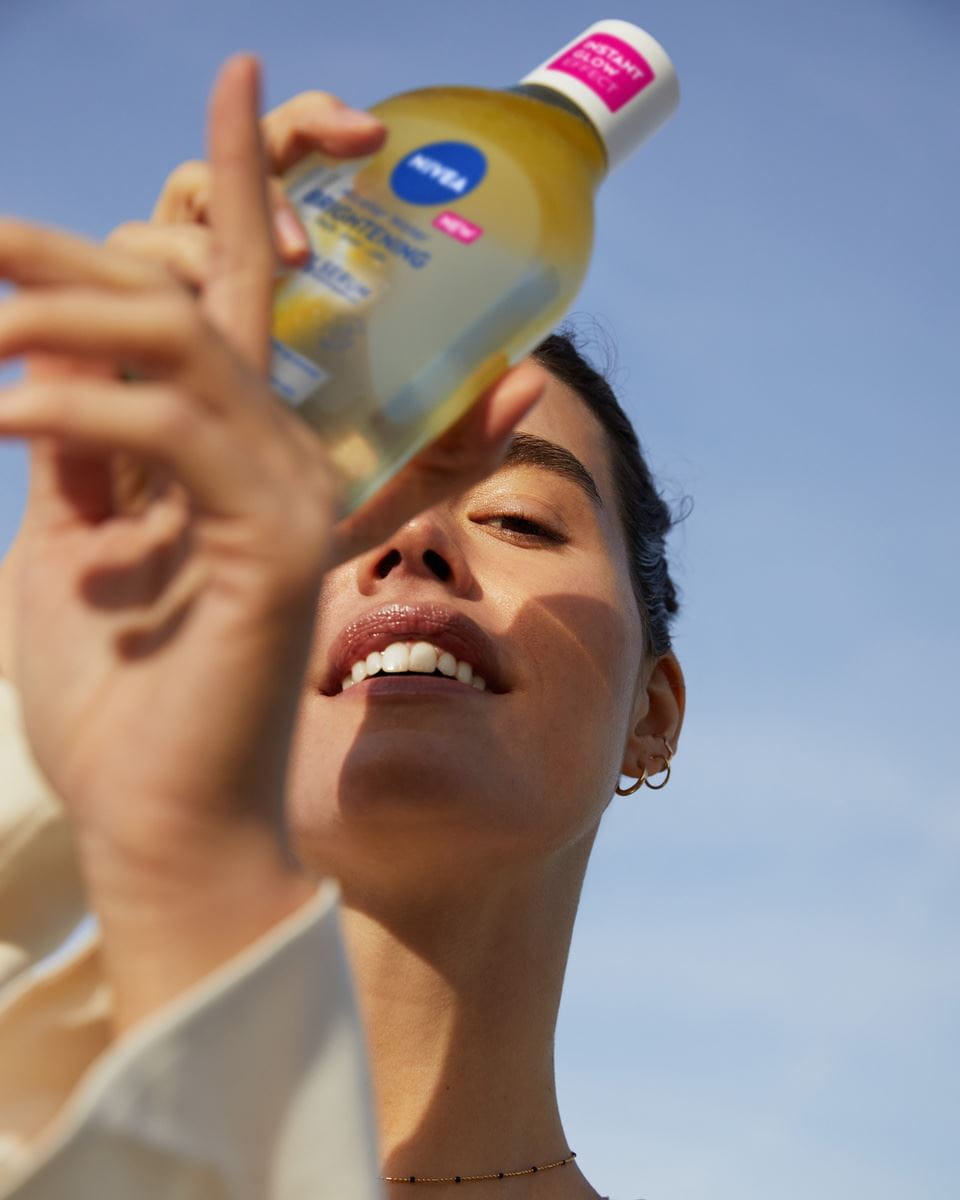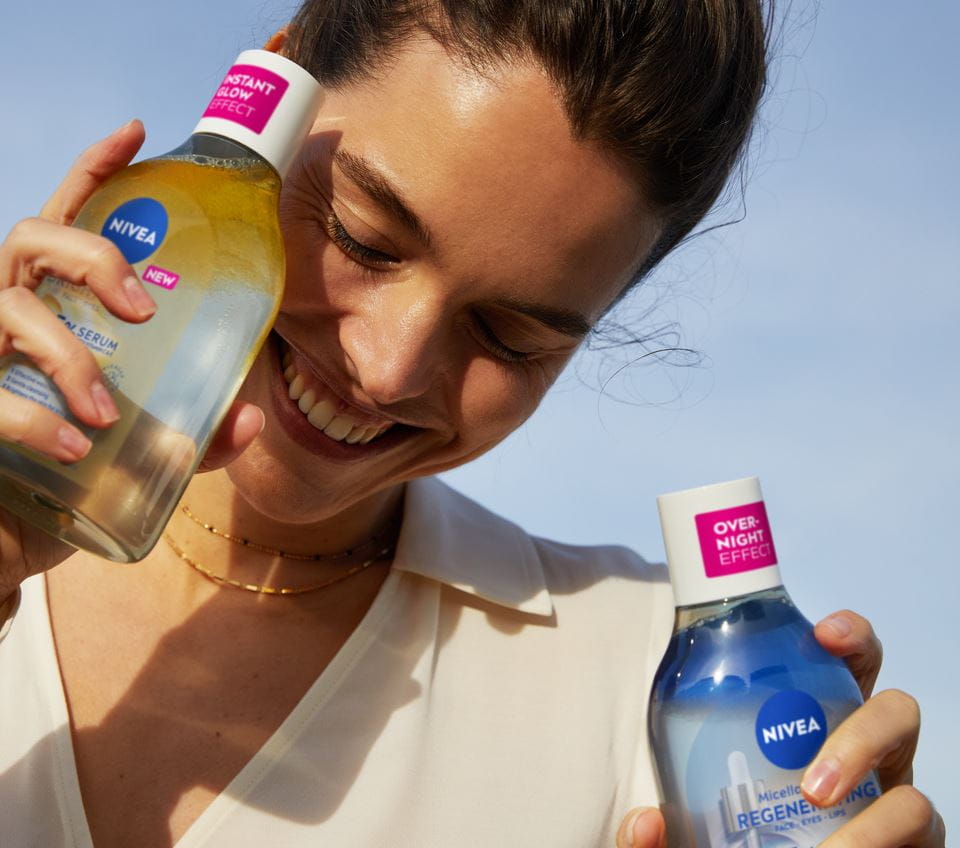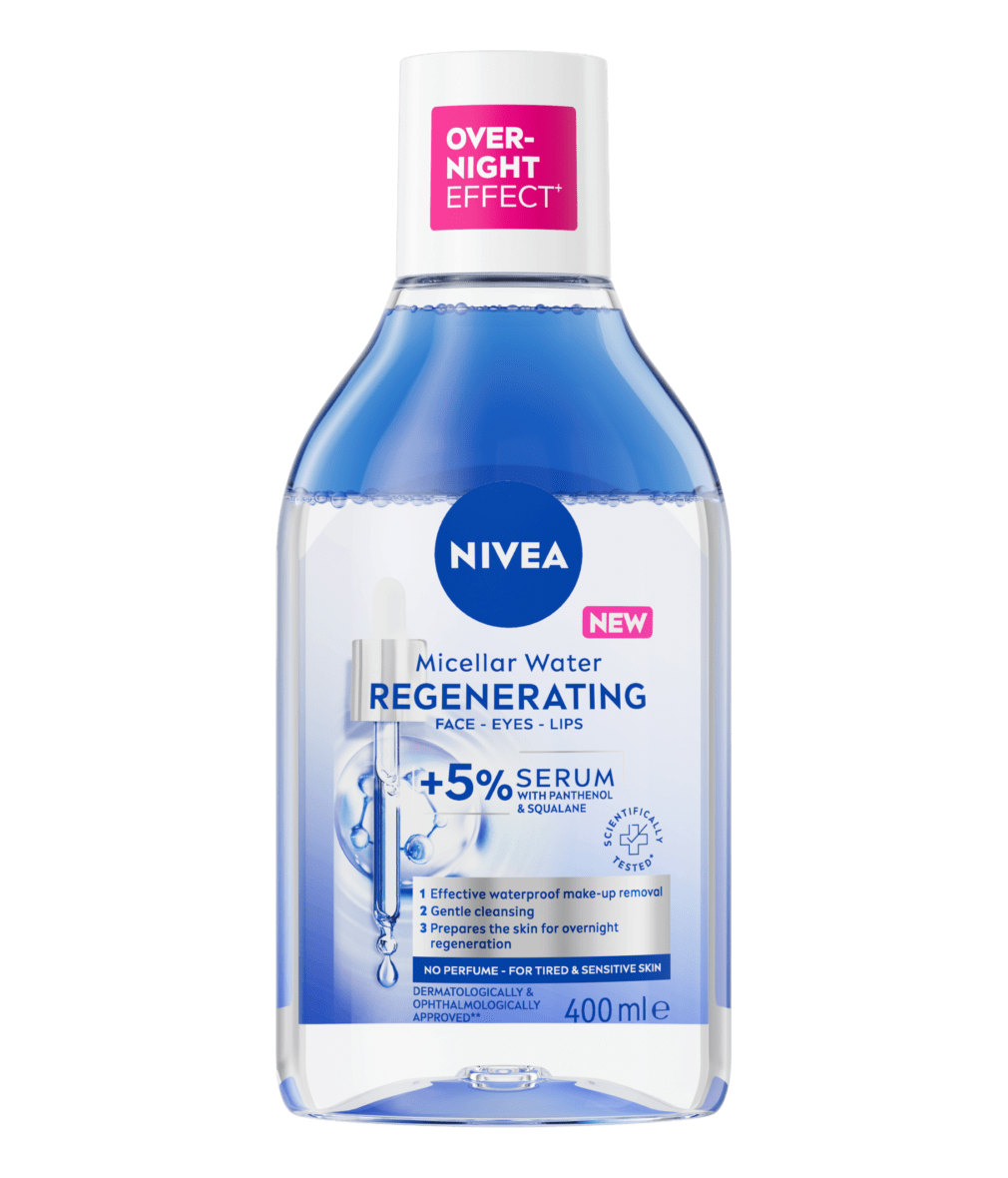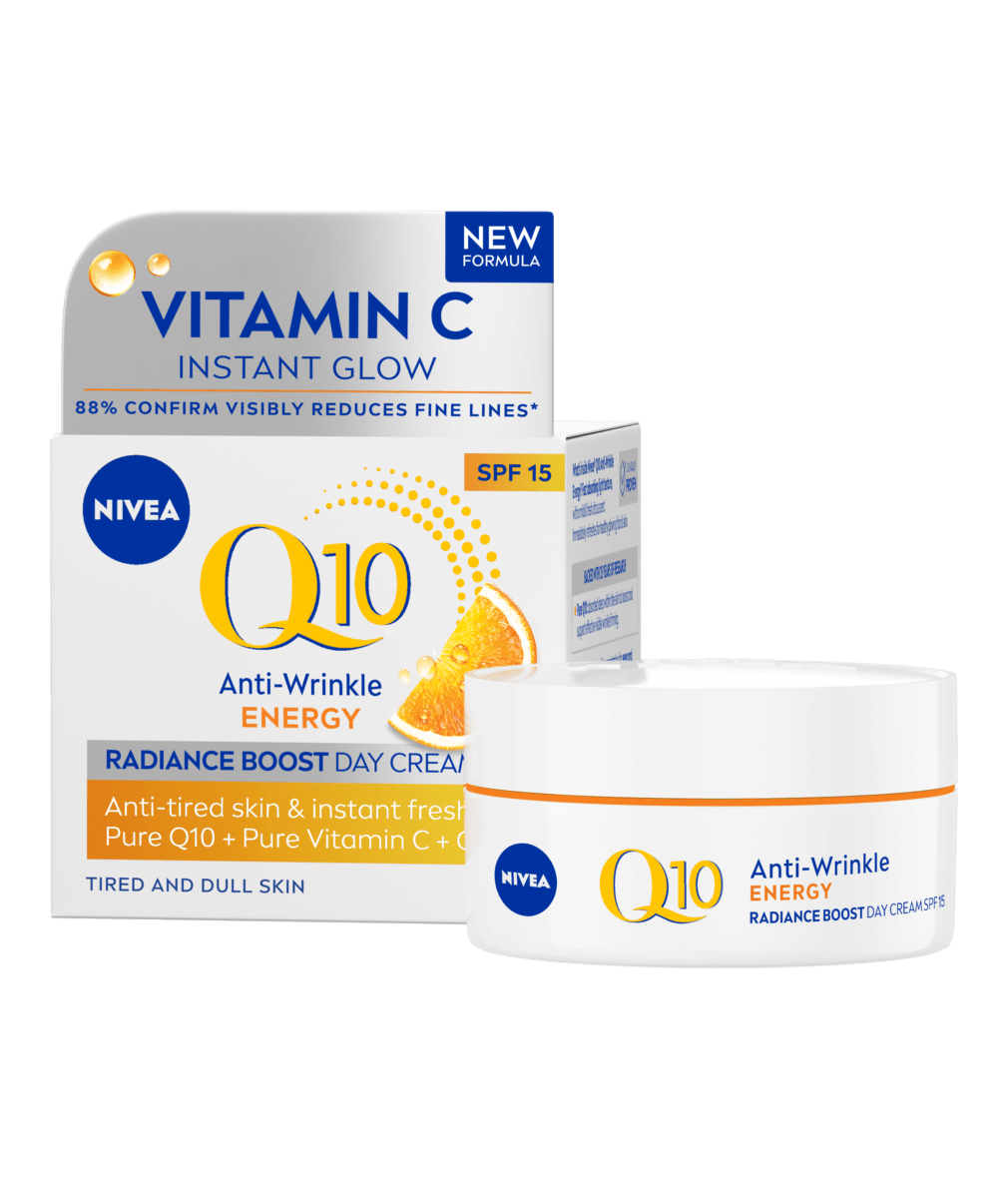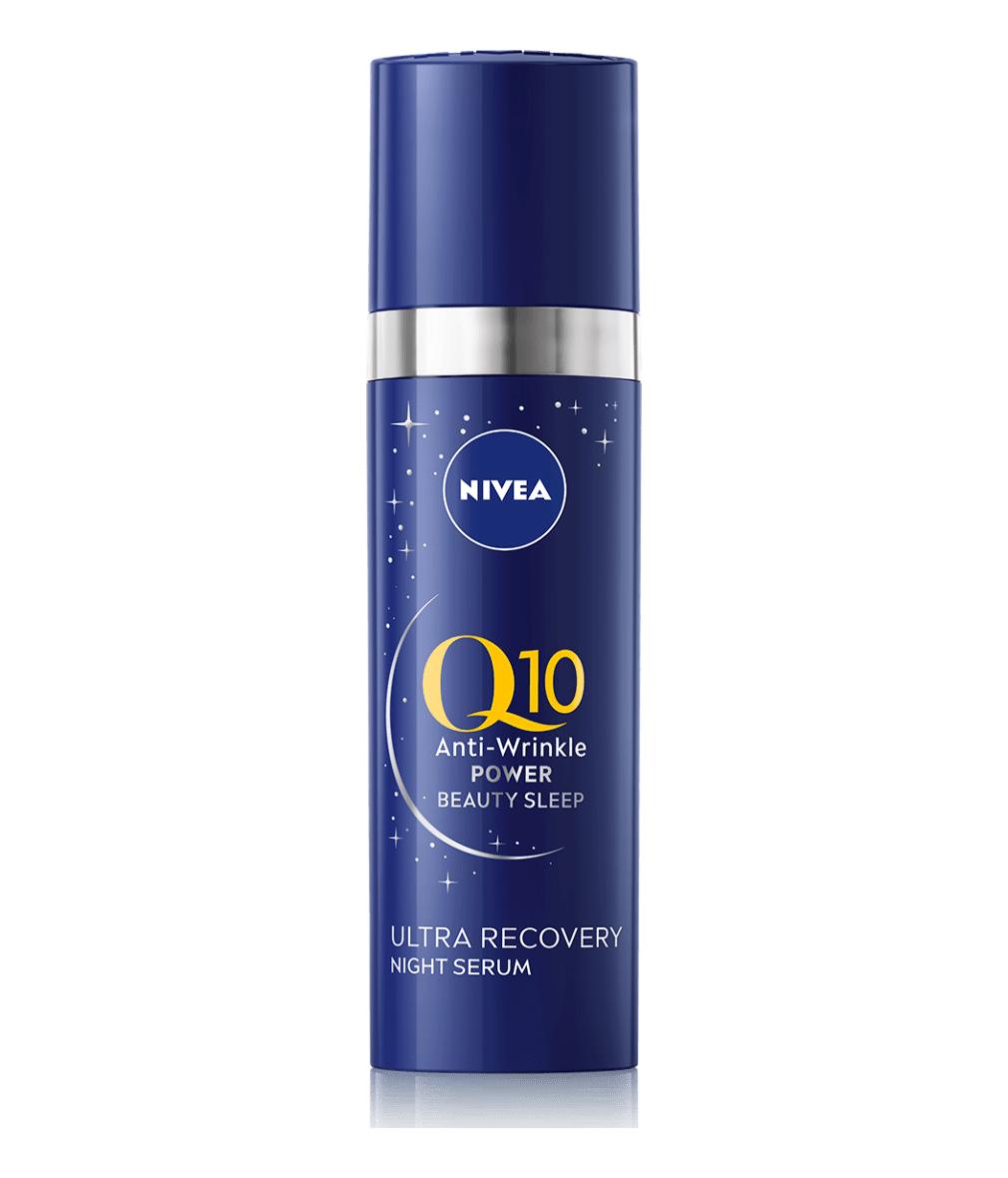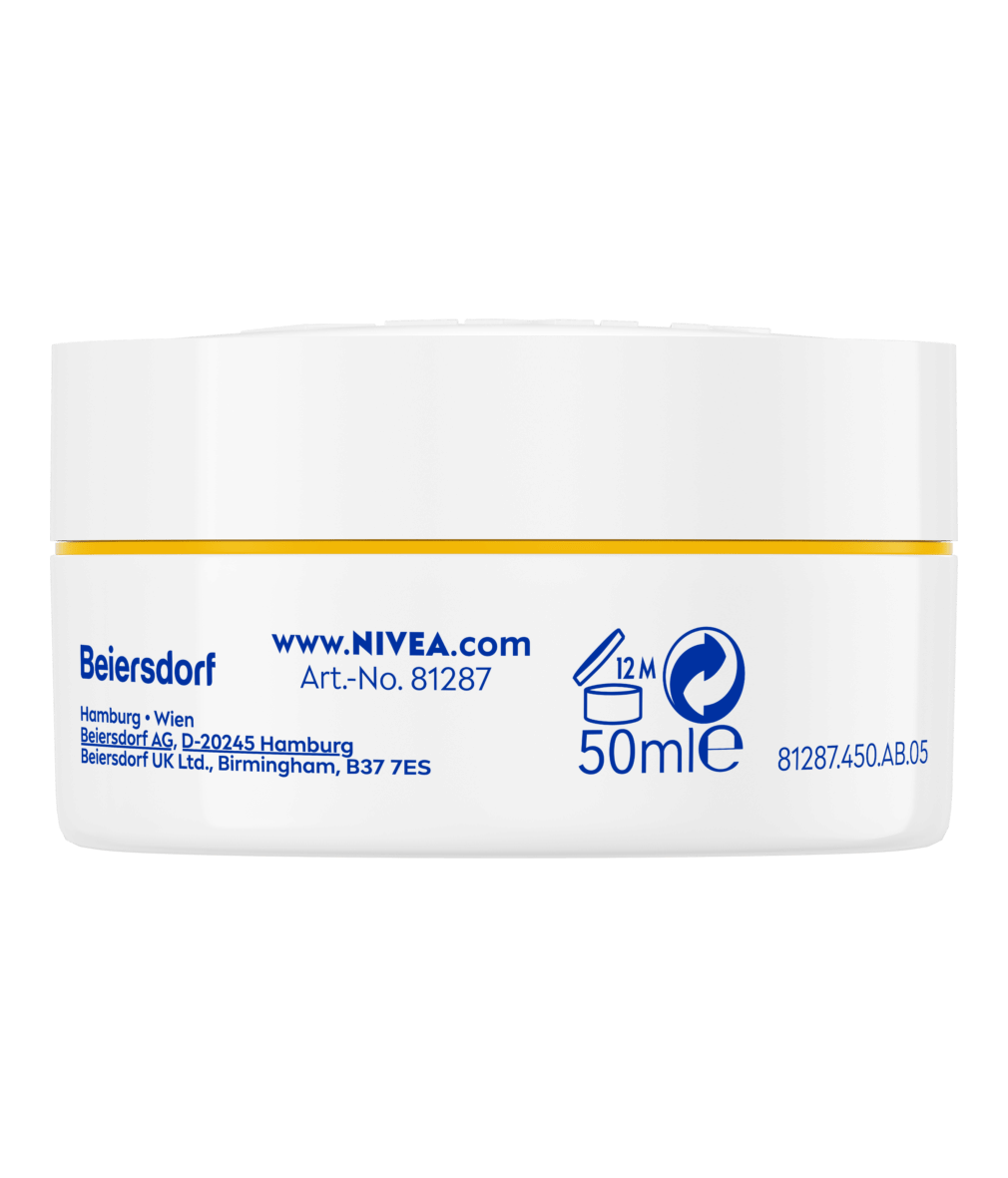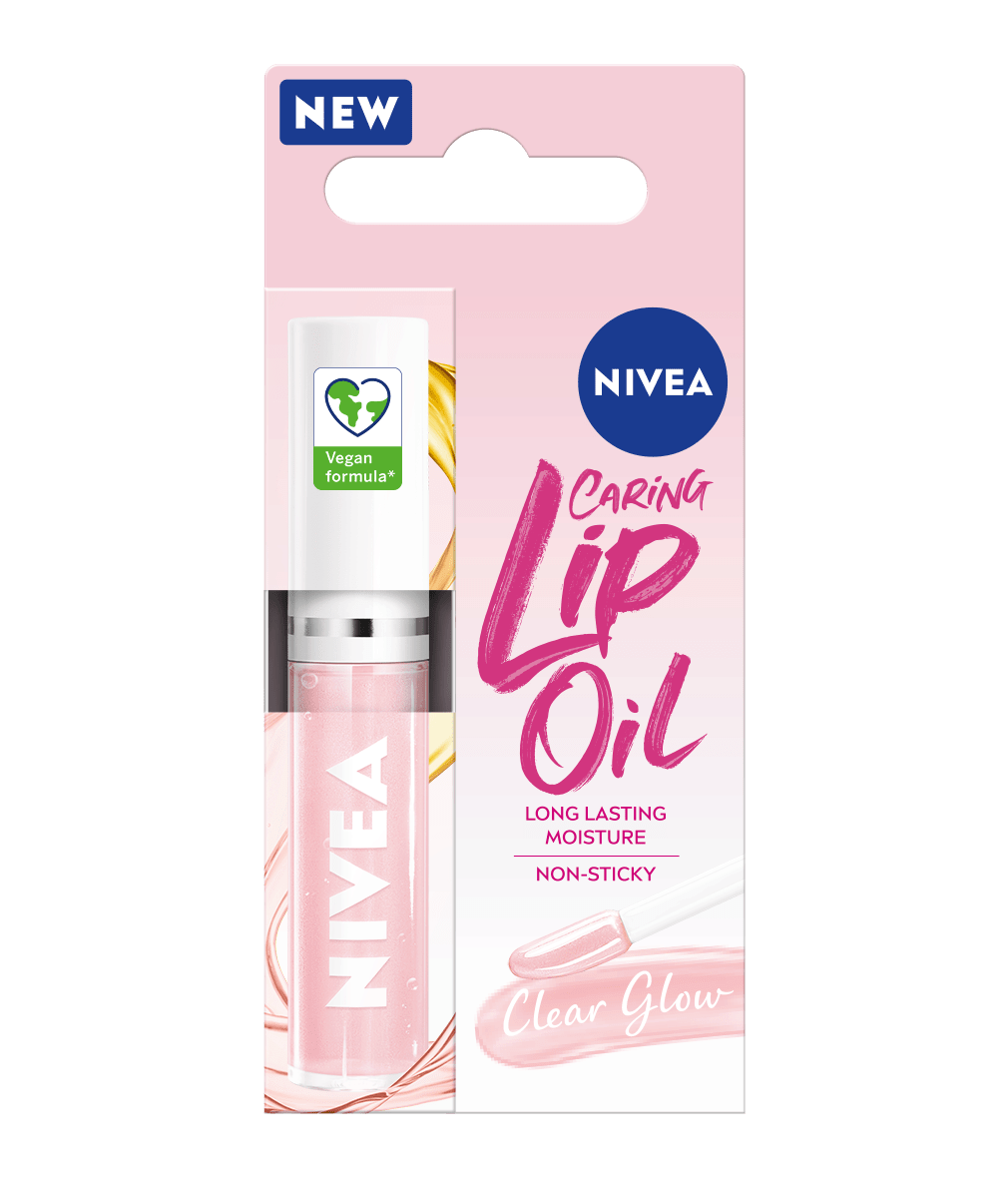
What is Squalane and What Are Its Benefits?
Discover 5 skincare benefits of Squalane and how to integrate it into an easy 3-step skincare routine for hydrated skin.
What is Squalane?
Squalane is a natural oil derived from Squalene, a substance part of the sebum produced by your sebaceous glands, to keep the skin hydrated and protected. It's lightweight and absorbs quickly, offering hydration, protection glow to the skin.
Understanding the potential of Squalane is essential for optimising your skincare routine. Plus, its compatibility with all skin types makes it a versatile addition to any regimen.
Understanding the potential of Squalane is essential for optimising your skincare routine. Plus, its compatibility with all skin types makes it a versatile addition to any regimen.
Differences Between Squalane and Squalene
Squalene, naturally occurring in our skin's sebum, maintains skin moisture and protection. However, when exposed to air or light, it can be unstable, so it is not used in cosmetics.
Squalane is more stable and suitable for skincare. It can be obtained via an hydrogenation process from the Squalene found in abundance in olive oil. It can also be obtained sustainably from a fermentation process of the sugarcane, thus offering an eco-friendly skincare option.
Squalane is more stable and suitable for skincare. It can be obtained via an hydrogenation process from the Squalene found in abundance in olive oil. It can also be obtained sustainably from a fermentation process of the sugarcane, thus offering an eco-friendly skincare option.
5 Squalane Benefits for Skin
Squalane has a wide range of benefits to the skin:
Facts Overview
Squalane:
Skin care routine with a touch of Squalane
How to incorporate Squalane skincare products into your skincare routine
Summary
Squalane, which is derived from Squalene, is an oily substance with a lightweight texture, that is absorbed quickly leaving a non-greasy feeling. Its multiple benefits include maintaining hydration and protection against environmental stressors. This versatile ingredient pairs well with others, making it easy to integrate into your routine.
